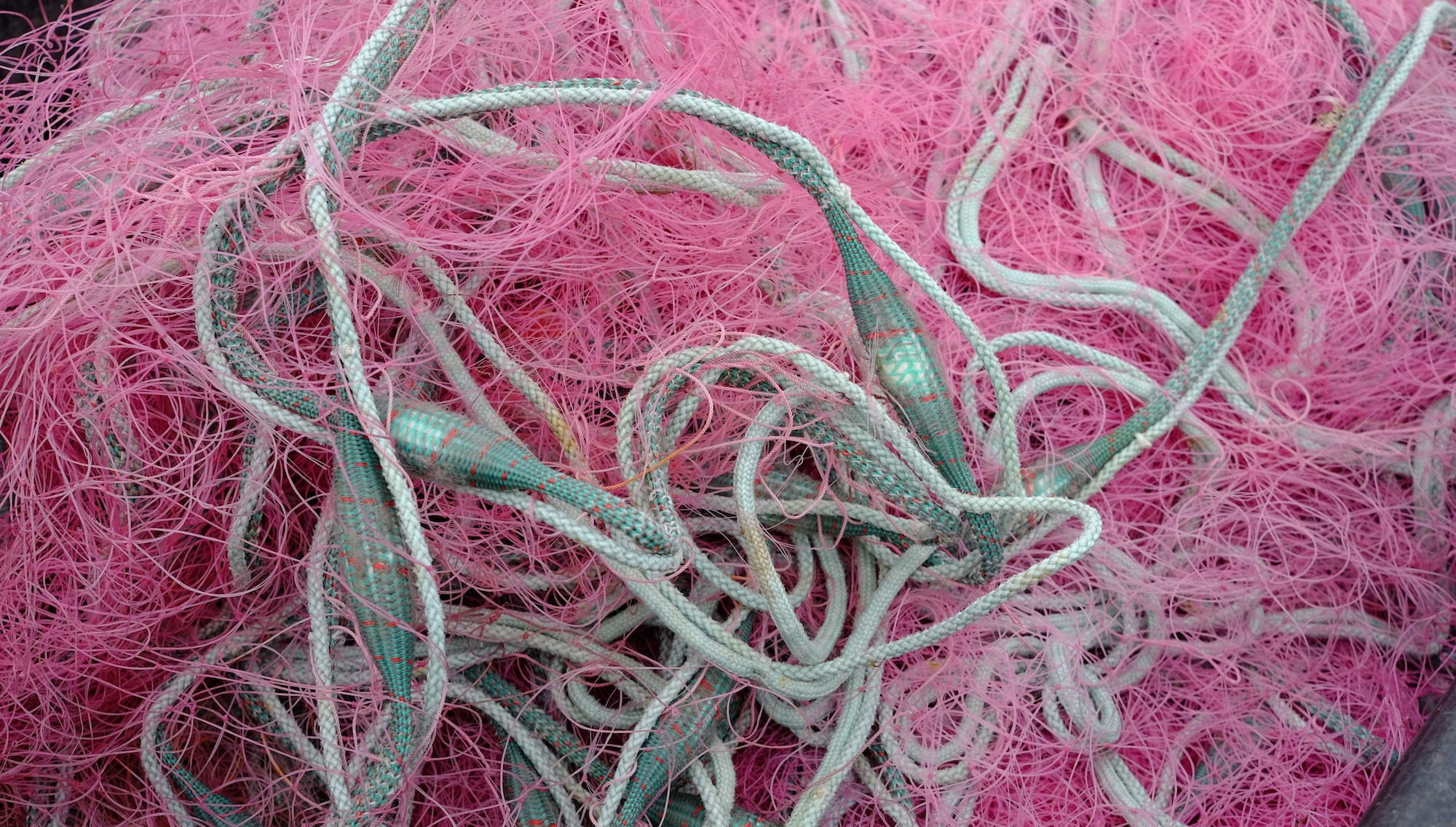This year, 2024, is the crucial year for the plastics treaty negotiations. If you haven’t heard about them, the United Nations are working on an international, legally binding agreement to end plastic pollution. It’s been called the most important environmental deal since the Paris climate accord. Many countries want it to be an ambitious agreement that covers the full lifecycle of plastics, from production to disposal. But some countries are not so keen on this, and they have held up the development of the treaty. How and why exactly did they do this, and is there still hope for a strong and effective international agreement? To explore this, Anja connected with Magnus Løvold, an expert in Peace and Conflict Studies, and advisor with Lex International and NAIL, the Norwegian Academy of International Law. In their three-part conversation, they dive deep into the diplomatic gyre.
Plastic Overshoot Day
Listening Session
Baldeep Kaur is a doctoral fellow at the University of Potsdam, studying the afterlives of discarded colonial technologies. Last November, they invited Plastisphere creator Anja Krieger to a live listening session at the Minor Cosmopolitan Assembly, an event organized by the research training group with the same name. Together with the audience, Baldeep and Anja listened to and discussed short excerpts from the podcast’s episodes, each highlighting a different dimension of human relationships with plastics at various stages of their life-cycles. Hear more about the production process and behind-the-scenes research stories from both sides, that of the podcast producer and that of the listener.
Ep.2: Plastic, the size of a virus
In this episode of the Plastisphere, Anja goes on a lab tour with Alexandra ter Halle from Paul Sabatier University in Toulouse. The chemist and her team were the first to detect nanoplastic in the open ocean – plastic so small that it is comparable in size to a virus. What do we know about these very tiny pieces, and how do researchers try to detect and understand them? Continue reading “Ep.2: Plastic, the size of a virus”

